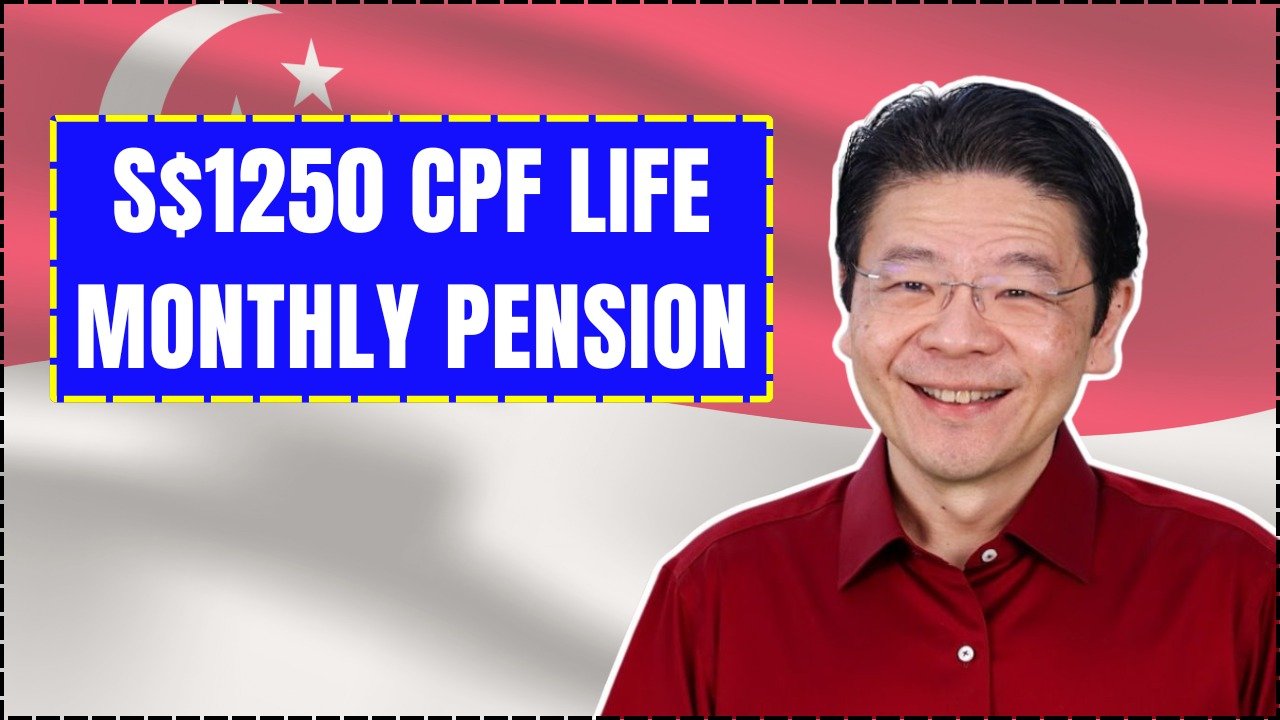Singapore’s Central Provident Fund (CPF) remains a cornerstone of the nation’s social security system, offering comprehensive financial protection in retirement, healthcare, and housing. Both employers and employees contribute to CPF accounts, helping citizens and permanent residents accumulate savings for future needs.
Table of Contents
Overview
| Key Area | Details |
|---|---|
| CPF Contribution Rates (≤55 years) | 37% total (20% employee, 17% employer) |
| New CPF OW Ceiling (2026) | Increase from $7,400 to $8,000 |
| Contribution Cap (Annual) | $37,740 |
| Rates for new PRs (1st Year) | Reduced rates (4% total, employer pays full amount) |
| Upcoming rate change (55–60 age group) | Increase to 34% (2026) |
| CPF Account Types | Ordinary, MediSave, Special/Retirement |
Understanding CPF Contributions in 2025
CPF contributions in 2025 are determined by two main wage components: Ordinary Wages (OW), which include monthly salaries capped at $7,400, and Additional Wages (AW), covering bonuses and variable payments. The AW has an annual cap to ensure fairness.
The CPF system adjusts contribution rates based on employees’ age and citizenship status. Contributions help build financial security by splitting into the Ordinary Account (for housing and education), MediSave Account (for medical expenses), and Special/Retirement Account (for retirement savings).
Rates for Singapore Citizens and PRs (3rd Year Onwards)
For Singapore citizens and permanent residents (after two years of residency), the 2025 contribution rates vary by age:
- Age ≤ 55: Total 37% (Employer 17%, Employee 20%)
- Age 55–60: Total 32.5% (Employer 15.5%, Employee 17%)
- Age 60–65: Total 23.5% (Employer 12%, Employee 11.5%)
- Age 65–70: Total 16.5% (Employer 9%, Employee 7.5%)
- Above 70: Total 12.5% (Employer 7.5%, Employee 5%)
These rates help balance between take-home pay and saving for retirement.
Graduated Rates for New Permanent Residents (SPRs)
New Singapore permanent residents contribute at reduced rates during their first two years:
- 1st Year: Employer pays the full rate; employees don’t contribute.
- Age ≤ 55: 4%
- Age 55–60: 4%
- Age 60–65: 3.5%
- 2nd Year: Contributions increase gradually.
- Age ≤ 55: Total 9% (Employer 4%, Employee 5%)
- Age 55–60: Total 6% (Employer 2.5%, Employee 3.5%)
- Age 60–65: Total 3.5% (Employer 2%, Employee 1.5%)
Employers may also choose to pay full contribution rates earlier by applying jointly with the employee.
CPF Ceilings and Limits
Singapore enforces caps on wages eligible for CPF contributions to maintain fairness:
- OW Ceiling (2025): $7,400 monthly
- AW Ceiling: Total wages subject to CPF capped at $102,000 yearly
- Annual CPF Contribution Limit: $37,740
All CPF contributions are rounded to the nearest dollar.
How CPF Contributions Are Calculated
The calculation involves these steps:
- Add OW and AW to find total wages.
- Apply the relevant CPF rate based on age and citizenship.
- Round the final amount per CPF rules.
For example, a 40-year-old employee earning $3,000 monthly in OW contributes:
- Total CPF: $3,000 × 37% = $1,110
- Employee share: $600
- Employer share: $510
CPF Changes from January 1, 2026
To keep pace with rising wages and retirement needs, significant CPF updates will start in 2026:
- Increase in CPF OW Ceiling:
- From $7,400 to $8,000.
- This follows a staged increase over previous years.
- No change to AW ceiling or annual CPF contribution limit.
- Higher Rates for Employees Aged 55–65:
- Age 55–60: Increase from 32.5% to 34%.
- Age 60–65: Increase from 23.5% to 25%.
- Employer contributions rise by 0.5 percentage points, and employee contributions rise by 1 percentage point.
These additional contributions will be credited to employees’ Retirement Accounts up to the Full Retirement Sum. If that sum has already been reached, extra contributions will flow into the Ordinary Account.
Employees earning between $500–$750 will continue to benefit from phased-in rates, helping them adjust gradually.
No changes are planned for new PRs’ contribution rates during their first two years.
CPF’s Role in Financial Planning
The CPF framework helps Singaporeans build long-term financial stability:
- Ordinary Account: Used for housing, education, and insurance.
- MediSave Account: Supports healthcare expenses and insurance premiums.
- Special/Retirement Account: Focused on retirement income.
Together, these accounts ensure citizens can manage major life expenses while steadily saving for the future.
Conclusion
Singapore’s CPF system remains central to the nation’s social safety net, adjusting over time to match economic and demographic changes. The planned enhancements from 2026, like higher wage ceilings and improved senior worker rates, aim to boost retirement adequacy without overwhelming employers.
FAQs
A: It’s set at $7,400 per month.
A: Yes, rates for employees aged 55–65 will increase.
A: No, they follow reduced rates during their first two years.





